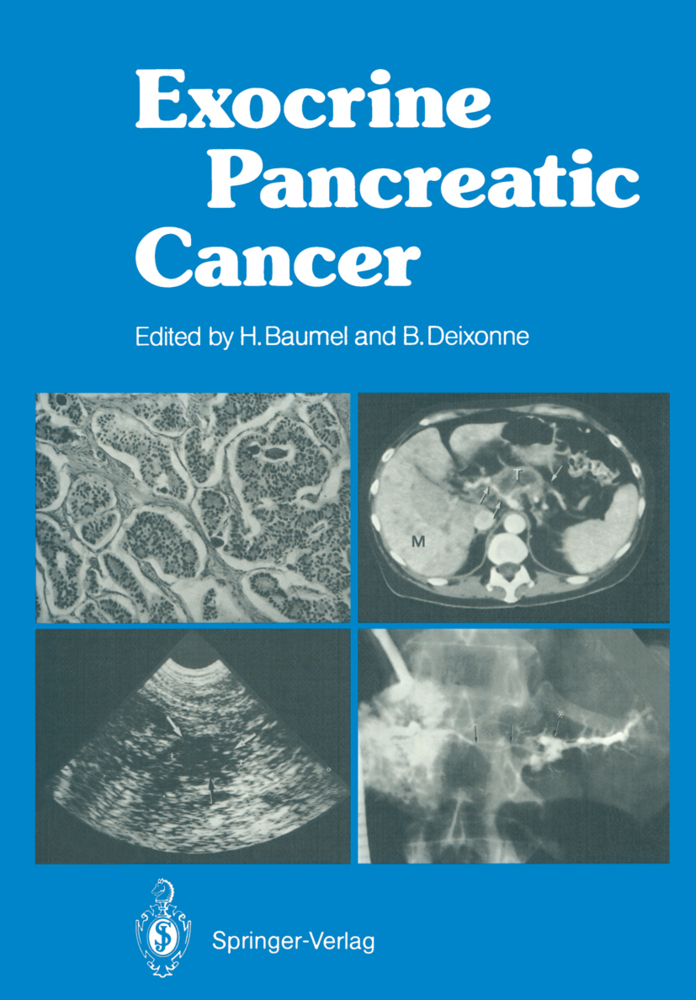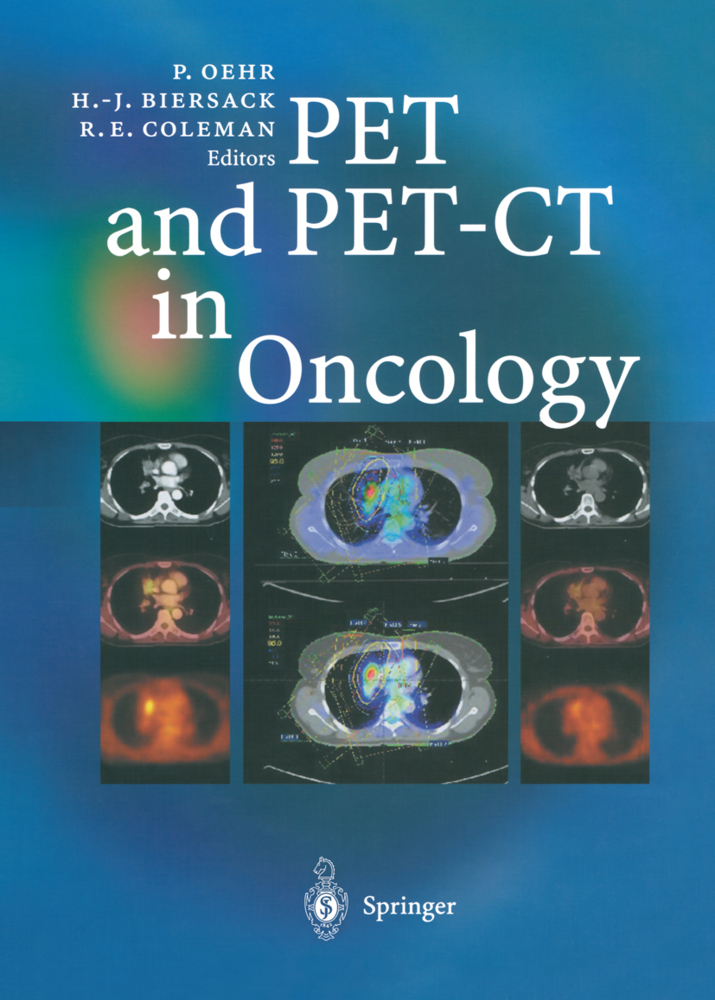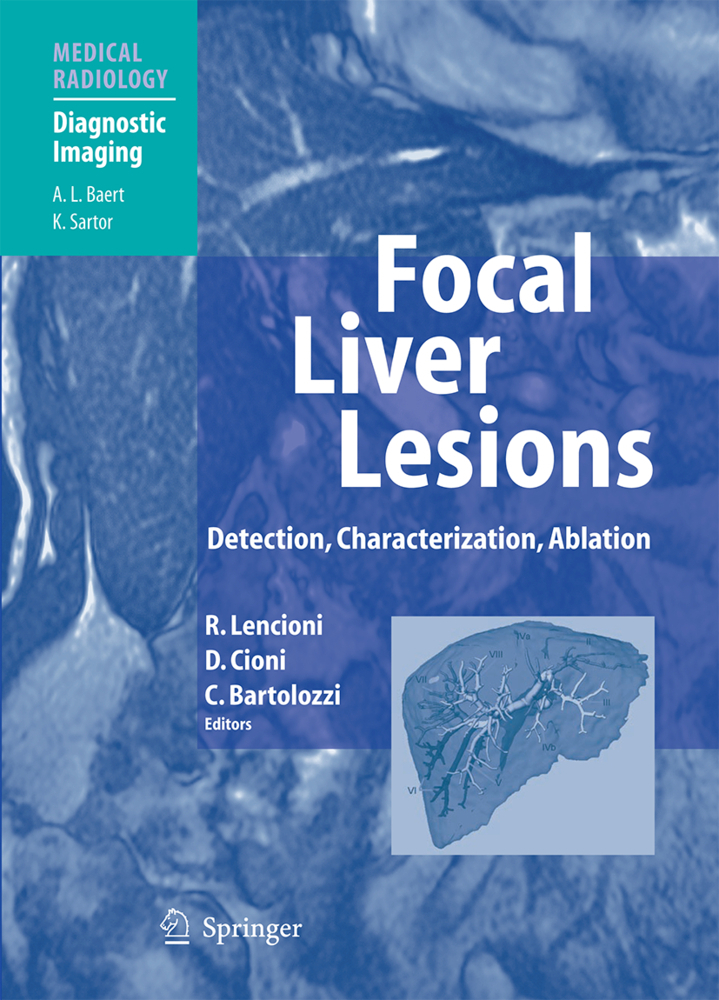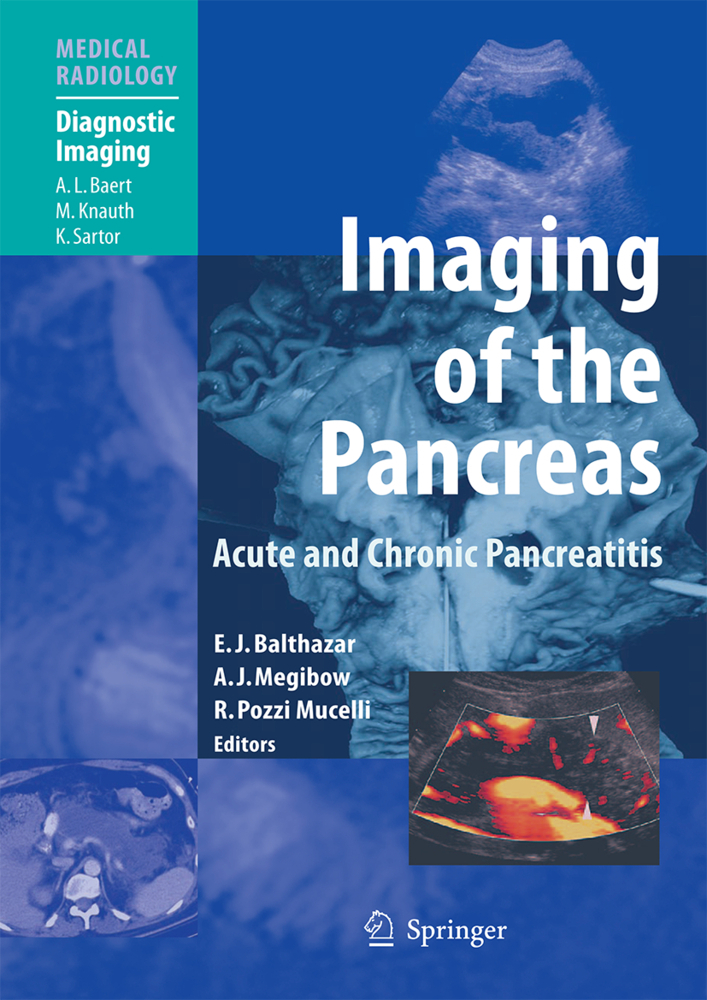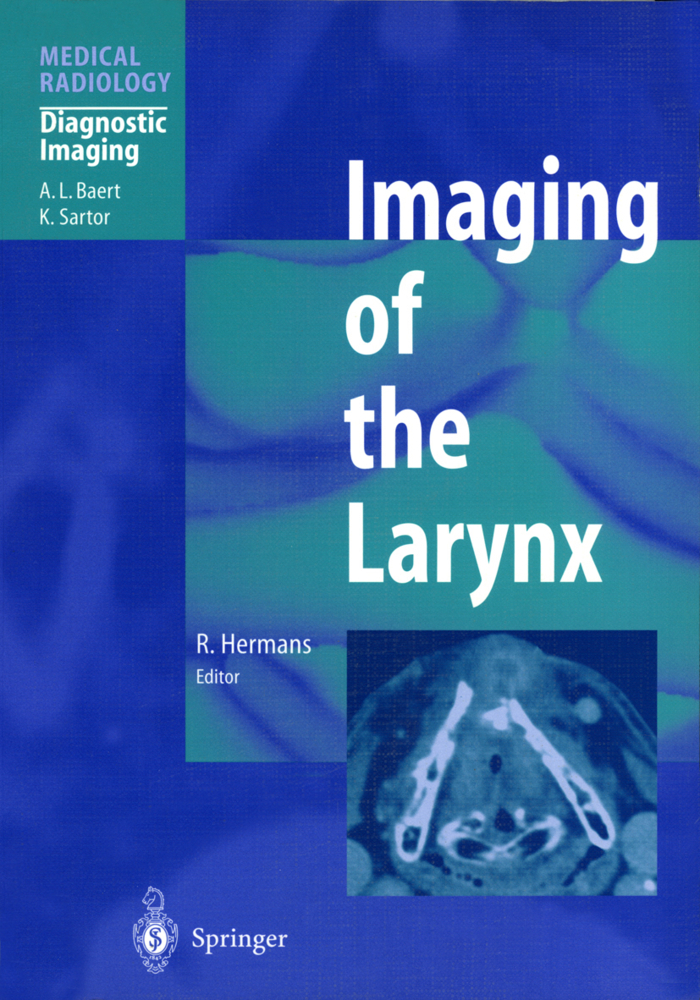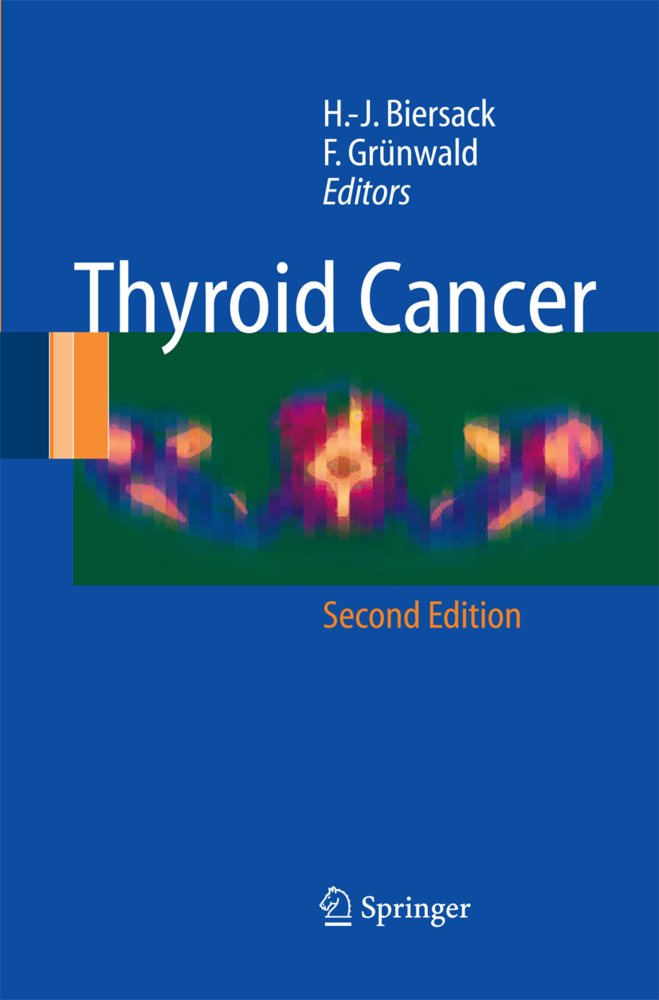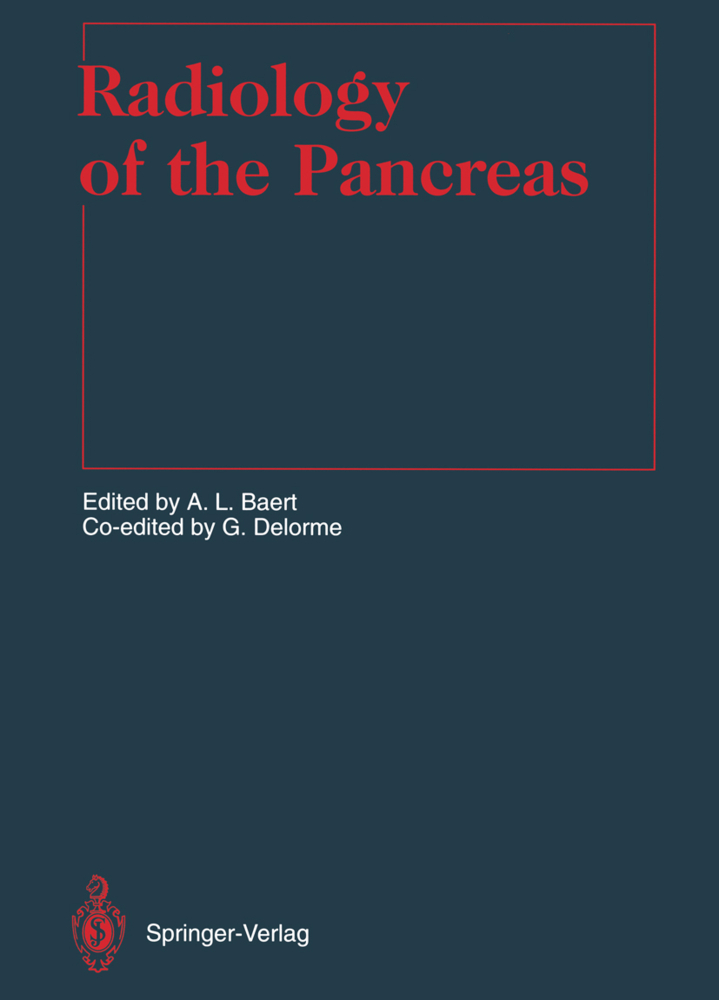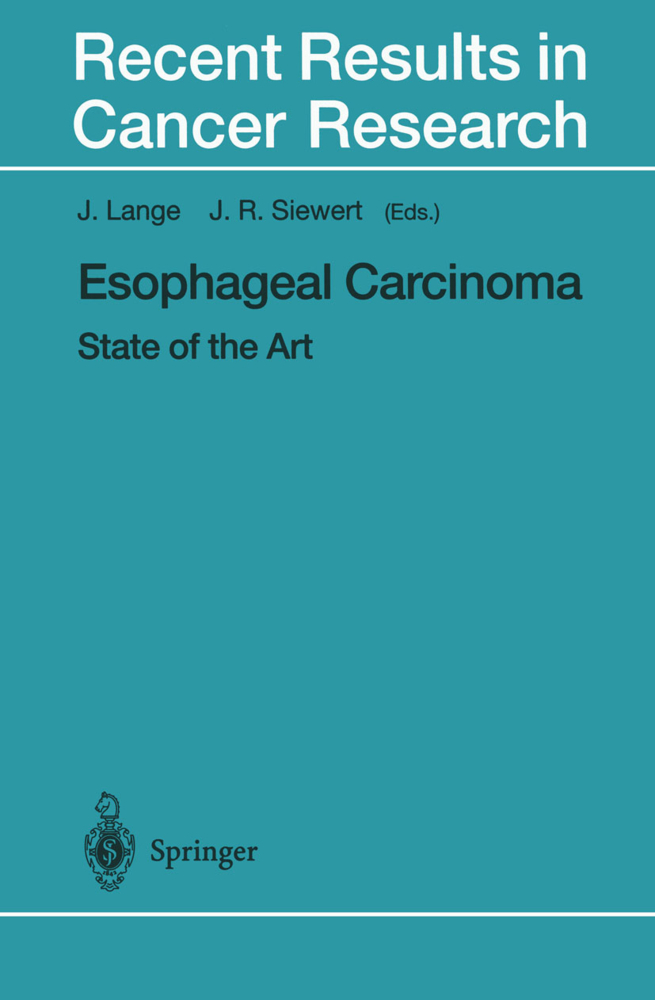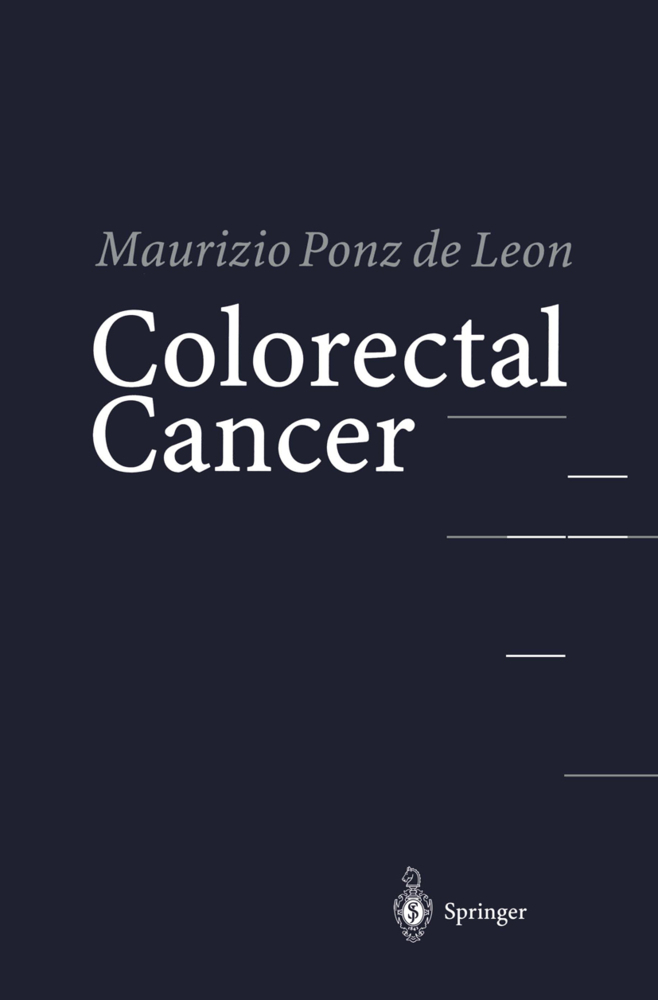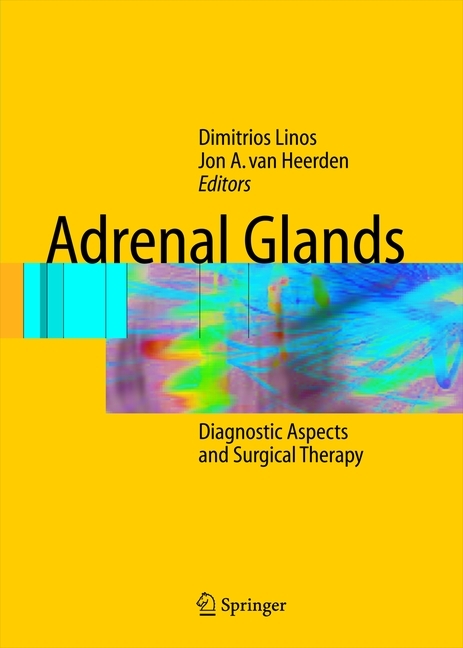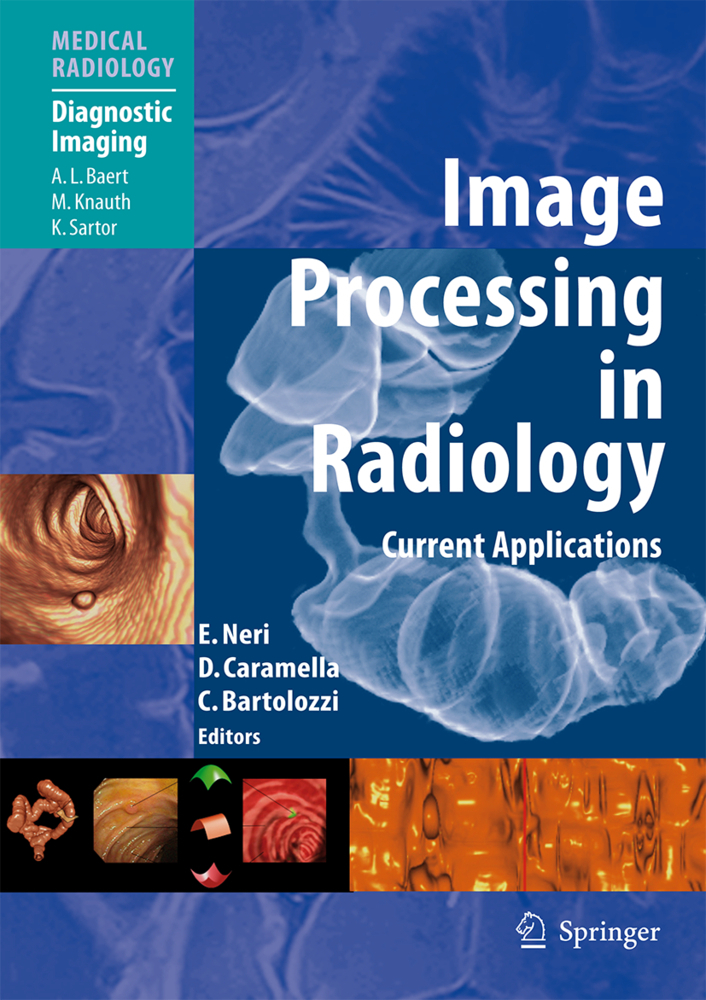Exocrine Pancreatic Cancer
Exocrine Pancreatic Cancer
For a long time, approximately since Oberlin and Guerin described the multifocal origin of pancreatic cancers and precancerous pancreatic lesions, no important study dealing with the entire subject of pancreatic cancer has been published in France and probably in the international literature. For some decades the knowl edge acquired 40years or more ago was not improved appreciably, though the fre quency ofthe disease started to increase in occidental countries. This has recently changed, and the progress ofthe medical sciences has spread to the pancreas. Although the surgical or medical prognosis of the most frequent form of pancreatic cancer, exocrine adenocarcinoma, remains very bad, recent studies have shown the multiplicityofits pathological forms, some being less severe so that curative surgery is possible. New experimental models, particularly in the hamster, and the use of carcinogenic drugs allow experimental studies on lesions similar to those in man. Oncologic immunology is still at its beginnings but shows promise for diagnosis and treatment. Though modem techniques of imaging sonography, aspirative cytology, CT scan, endoscopic catheterism, arteriography, and maybe in the future nuclear magnetic resonance - have not yet significantly in fluenced prognosis,they have made the diagnosis easierand more precocious. Yet in a diseasethat diffuses so rapidly to deep lymph nodes, it has not been proved whether early diagnosis can improve prognosis.
1.2 Descriptive Epidemiology
1.3 Causal Epidemiology
2 Pathological Anatomy
2.1 Macroscopic Study
2.2 Microscopic Study
2.3 Extraglandular Extension
2.4 Classification of the Stages of Development
3 Clinical Features
3.1 Classical Types
3.2 False Types
3.3 Metastatic Types
4 Biological Examinations
4.1 Standard Biology
4.2 Pancreatic Function Tests
4.3 Tumor Markers
5 Morphological Examinations
5.1 Conventional Roentgenograms
5.2 Ultrasonography and Computerized Tomography
5.3 Exploration of Bile Ducts and Wirsung's Duct
5.4 Angiography
5.5 Laparoscopy
5.6 Percutaneous Needle Biopsy
5.7 Magnetic Resonance
5.8 Morphological Diagnosis of the Principal Varieties of Pancreatic Tumors
5.9 Radiological Invasion Workup
6 Present Strategies for Diagnosis
6.1 Early Diagnosis
6.2 Presenting Symptoms
6.3 Further Investigations
6.4 Pretherapeutic Appraisal
6.5 Exploratory Laparotomy
6.6 Diagnostic Steps
6.7 Conclusion
7 Therapeutic Management
7.1 Pancreatectomies
7.2 Symptomatic Treatment
7.3 Chemotherapy and Radiation Therapy
8 Results of Therapy
8.1 Pancreatic Resection Versus Palliative Bypass
8.2 Results in Relation to Extent of Resection
8.3 Symptomatic and Adjuvant Therapies
9 Present Treatment Strategies
9.1 The Various Patient Groups
9.2 Exploratory Laparotomy
9.3 Curative Strategies
9.4 Palliative Strategies
9.5 Inoperable Patients
9.6 Conclusion
10 Intensive Care
10.1 Nutritional Deficiency and Support
10.2 Pain
10.3 Organic Predisposition
11 Treated Patients
11.1 Prognostic Factors
11.2 Quality of Survival
11.3 Follow-up
12 Conclusion
13 Subject lndex.
1 Epidemiology
1.1 Frequency1.2 Descriptive Epidemiology
1.3 Causal Epidemiology
2 Pathological Anatomy
2.1 Macroscopic Study
2.2 Microscopic Study
2.3 Extraglandular Extension
2.4 Classification of the Stages of Development
3 Clinical Features
3.1 Classical Types
3.2 False Types
3.3 Metastatic Types
4 Biological Examinations
4.1 Standard Biology
4.2 Pancreatic Function Tests
4.3 Tumor Markers
5 Morphological Examinations
5.1 Conventional Roentgenograms
5.2 Ultrasonography and Computerized Tomography
5.3 Exploration of Bile Ducts and Wirsung's Duct
5.4 Angiography
5.5 Laparoscopy
5.6 Percutaneous Needle Biopsy
5.7 Magnetic Resonance
5.8 Morphological Diagnosis of the Principal Varieties of Pancreatic Tumors
5.9 Radiological Invasion Workup
6 Present Strategies for Diagnosis
6.1 Early Diagnosis
6.2 Presenting Symptoms
6.3 Further Investigations
6.4 Pretherapeutic Appraisal
6.5 Exploratory Laparotomy
6.6 Diagnostic Steps
6.7 Conclusion
7 Therapeutic Management
7.1 Pancreatectomies
7.2 Symptomatic Treatment
7.3 Chemotherapy and Radiation Therapy
8 Results of Therapy
8.1 Pancreatic Resection Versus Palliative Bypass
8.2 Results in Relation to Extent of Resection
8.3 Symptomatic and Adjuvant Therapies
9 Present Treatment Strategies
9.1 The Various Patient Groups
9.2 Exploratory Laparotomy
9.3 Curative Strategies
9.4 Palliative Strategies
9.5 Inoperable Patients
9.6 Conclusion
10 Intensive Care
10.1 Nutritional Deficiency and Support
10.2 Pain
10.3 Organic Predisposition
11 Treated Patients
11.1 Prognostic Factors
11.2 Quality of Survival
11.3 Follow-up
12 Conclusion
13 Subject lndex.
Baumel, Hughes
Deixonne, Bernard
Sarles, H.
| ISBN | 978-3-642-71180-0 |
|---|---|
| Artikelnummer | 9783642711800 |
| Medientyp | Buch |
| Auflage | Softcover reprint of the original 1st ed. 1986 |
| Copyrightjahr | 2012 |
| Verlag | Springer, Berlin |
| Umfang | XVI, 214 Seiten |
| Abbildungen | XVI, 214 p. |
| Sprache | Englisch |

